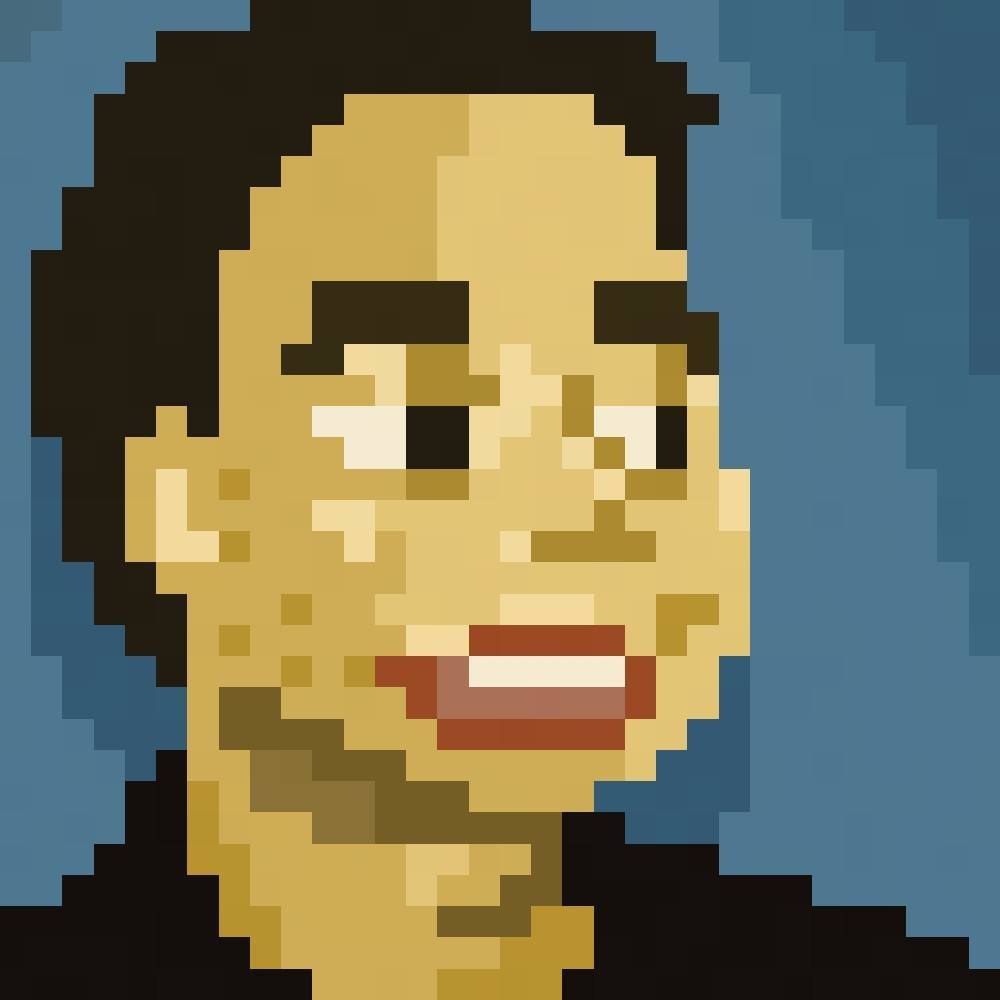
Author: Taro Omiya
-
Return Of The Game Webplayers!
I’ve brought back the webplayers for the game, “Save The Princess” again. And if that wasn’t enough, I even added in “Boomshakalaka” and “Escape” webplayers, too! Here’s the links! Save The Princess Boomshakalaka Escape [social_share/]
-
Google+ Games Review
I figured for studying purposes, I’d play the Google+ puzzle games, and see how they were like. I’m a sucker for puzzles game, after all, so I figured I’d play the following games: Angry Birds, Bejewled, Diamond Dash, and Bubble Island. In each game, since I’ve already played a game similar to these games already,…
-
Digital Art Gallery
I’ve been recently practicing on drawing digitally this past few months. The fruits of my works are here: DeviantArt Gallery I’m not going to pretend that it’s great or anything. I’m a programmer first, game developer second, and artist at distant third. Nonetheless, I thought it’d be nice to share it around. All artworks are…
-
Boomshakalaka Postmortem
I know this is very, very late, but here’s a look back at how our Global Game Jam 2011 game went. Rather than focusing the advantages and the disadvantages in our final product (which I describe on another webpage, anyways), I’ll be evaluating how we went through the development process for this game. The Team…
-
Added Boomshakalaka
Added a new game entry, Boomshakalaka. This was our entry for Global Game Jam 2011.
-
Removed “Save The Princess” Webplayer
I recently removed the web player for Save The Princess, since it doesn’t look like it’s compatible with Unity 3.2 webplayer. Sorry for the inconvenience.
